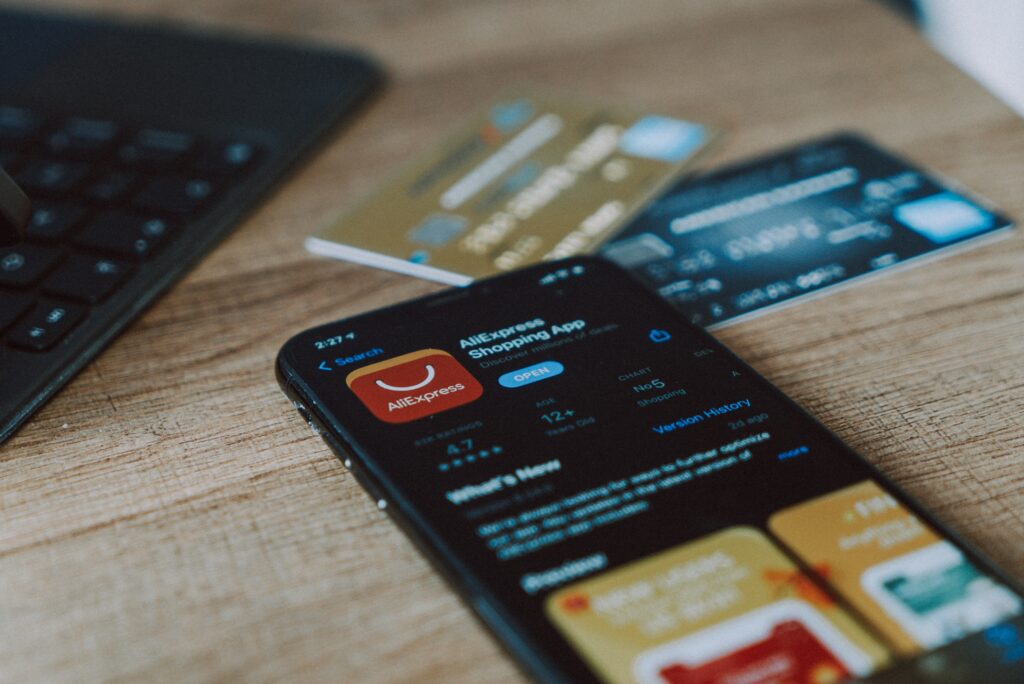The so-called retail holocaust has been going on for a few years now in the United States with thousands of stores closing (an estimated 15,000 to 25,000 this year). Ecommerce has been growing, but still does not represent the majority of sales. Why? Because many people never bothered to try it.

But the world has changed with a “perfect” storm. Locked in their homes, people have the need to use digital solutions and the time to learn. We are seeing changes in behaviors, from house parties to remote work. What to do when we can’t go shopping, shopping on ecommerce. You surely know some parent who calls their child asking how is this Netflix thing (which as expected had the highest historical growth in the first quarter), or how do you order the supermarket online. In reality, COVID doesn’t change much, it exponentially accelerates what was already happening.
E-commerce, until now of little relevance to some companies, is now the only sales channel for many. Some of our clients at www.litsadventures.com have recorded sales increases of over 900%. The sectors that have benefited most have undoubtedly been essentials, but fashion brands, for example, have recorded increases of more than 70%. The big question is: is it here to stay? We have 2 effects. On one hand, there is a decrease in consumption with the crisis, but on the other, there is a migration of part of the consumption to e-commerce since it is the only channel. If the experience is good, why shouldn’t it continue? Would anyone rather go to the bank and wait in line to make a transfer than use online banking or the ATM? Once you have learned, there is no going back. So, a substantial part of this consumption will continue in digital channels for the sake of convenience, favored by a slow reopening of the economy.
Right now, there are 3 types of companies: Those that already have e-commerce and are seeing their results go up, (ii) those that don’t have e-commerce, but have the money to install it (iii) and those that have neither e-commerce nor money.
Let’s start with the last ones, maybe they resist a little more, but for the most part the way is too close. About the first two, they have to invest heavily because the expected level of service.
More and more is going to be that of an Amazon and one of the big risks at this moment is that of arrogance if they think that what they have is already enough because their ecommerce has now grown. But to COVID what belongs to COVID. Selling online is not just about having a web store. Now anything works because there is desperation (I don’t see many people being willing to wait 5 days for grocery shopping normally). Making a good e-commerce operation is already much more than just e-commerce and requires major changes in strategy, marketing, operation, etc. And when the stores reopen, it requires the integration between physical and digital stores, the famous omnicanality. And mindful that e-commerce and digital channels are not only for products, services like gyms and education are migrating as well.
If the mortality rate of COVID is high, in retail it will be overwhelming. Entering the cliché that in every crisis there is an opportunity, here it is, but the best tool can be used to build a palace or a hut according to the strategy and work we dedicate to it.

